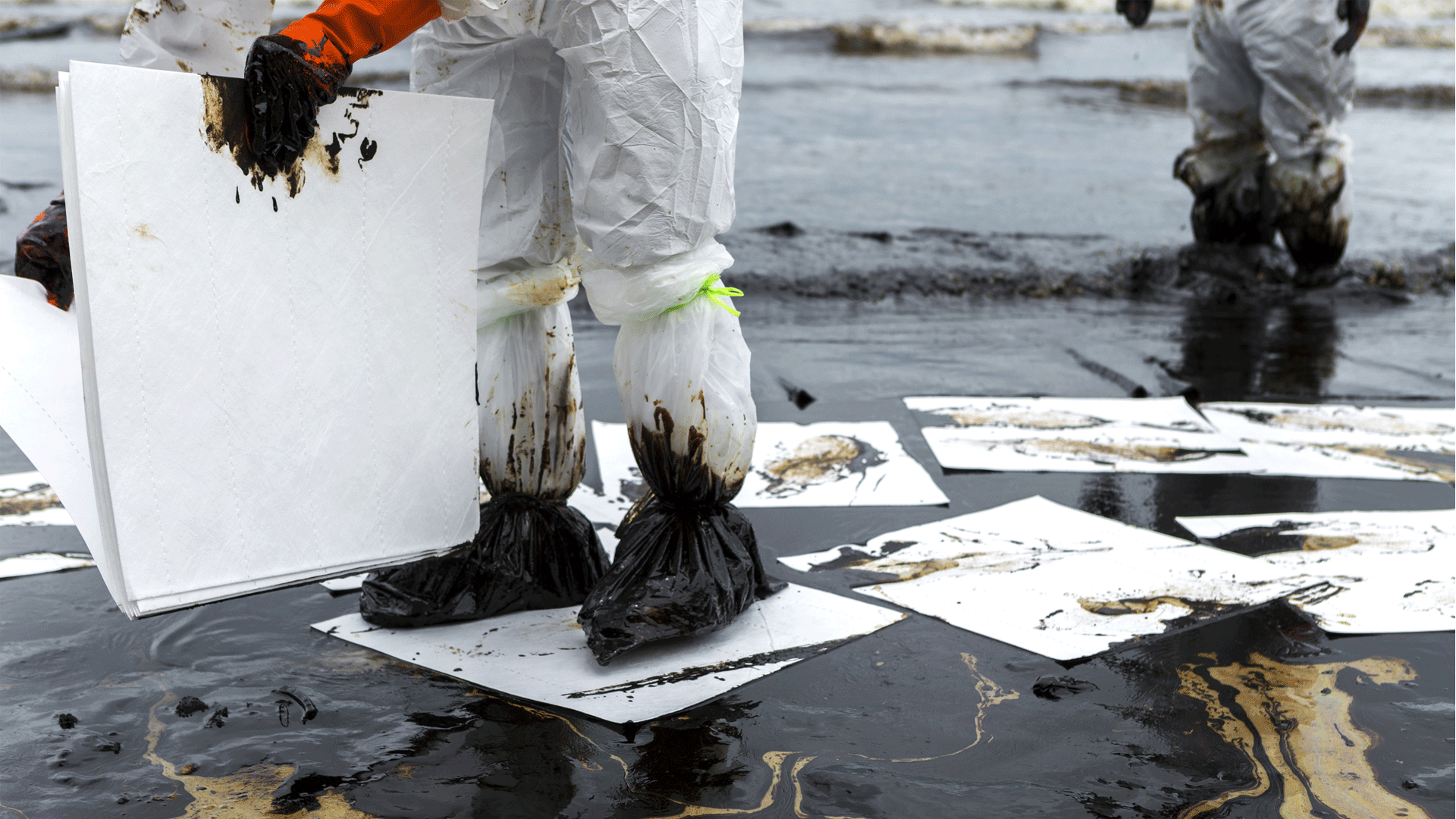
You’ve probably heard the phrase, “Hope for the best, prepare for the worst.”
Personally, I find that too passive. When dealing with major risks and catastrophic losses, I believe in something simpler and far more practical: Plan for the worst.
Drawing on my experience across more than 90 countries over 50 years, I want to share some of the lessons I’ve learned in dealing with worst-case scenarios — and how we can better avoid, mitigate, and recover from them.
Today, I’ll touch on four essential areas: Risk Registers, Decision-Making, Strategic Opportunity, and Insurance Companies.
Risk Registers
I’ve never had much confidence in Risk Registers as they’re often used — overly reliant on probability models and far too static. I prefer the term Risk Radar — something dynamic that’s reviewed daily, not quarterly.
Take Fukushima. The tsunami that overwhelmed the plant exceeded their models by nearly 10 metres. Their assumptions simply weren’t challenged hard enough.
Similarly, I once worked a US$100 million environmental claim in South America. A joint venture had bought into ageing infrastructure in Bolivia.
Their Risk Register flagged oil leaks as probable but assumed low-cost exposure. When a pipeline failed over a river, we saw a massive oil slick stretch across 200km of farmland and shoreline. Cleanup took nearly two years.
The lesson? Don’t treat Risk Registers as gospel. Involve outsiders. Question everything — especially the “rare” and “never-before” scenarios.
Decision-Making Protocols
After a massive explosion at a Finnish property and business site, we spent four weeks trying to move the recovery forward — only to realise the people we were engaging had no authority to make real decisions.
It wasn’t until we asked for their internal governance in writing that we discovered a major shareholder held the final say. Once he was at the table, things moved quickly.
Worst-case planning must involve your board and insurers from the outset — not as an afterthought.
I always encourage clients to run dry-run drills, mapping out roles, timelines, and protocols for everything from supplier coordination to interim funding. You’re vulnerable in a crisis — and you need everyone aligned.
Strategic Opportunity
Not all losses are purely destructive. I worked with a major glass manufacturer in Asia after their only kiln suffered a catastrophic failure.
The board and I explored their options, and it turned out relocating to a neighbouring country made far more sense — better logistics, lower labour costs.
The original site? It was redeveloped into luxury apartments. They ended up with a new facility for less than the rebuild cost.
Sometimes, a worst-case scenario is a hidden strategic inflection point — if you’re willing to reimagine what’s possible.
Insurance Companies
Now, onto the delicate topic of insurers. For a relatively modest premium, an insurer assumes significant risk.
But come claim time, it’s not uncommon to encounter individuals who want to retroactively underwrite the policy:
“We never intended to cover that,” or “This equipment isn’t state of the art — why pay full value?”
These responses can threaten your recovery.
That’s why I encourage strong, transparent relationships. Keep your insurer informed, invite them to your crisis simulations, and agree on claims protocols in advance.
Be clear about interim payments, dispute processes, and roles — especially when reinsurers are involved. Often, your claim is in the hands of someone sitting in London, Munich, Paris, or New York.
I remember a terrorist bombing at a Central Bank that damaged nearby financial institutions.
I went on national television to assure the public that Lloyd’s and the reinsurers were committed to funding reconstruction.
It helped prevent a potential run on the banks — a liquidity crisis we couldn’t afford.
And if your policy is written in English, but your dispute resolution is local — say, in Finnish — have clarification sessions in both languages. Trust me, it matters.
One Final Note on Cyber Risk
Cyber threats are now very real worst-case scenarios. When attackers lock you out of your own systems, digital plans are useless.
Keep printed protocols. Use battery-powered satellite systems like Starlink. And make sure your insurer provides emergency offline contact details.
When Spain suffered a nationwide outage, Starlink users stayed connected. In a crisis, small decisions like that can make all the difference.
Over my career, I’ve seen just how devastating worst-case losses can be — but I’ve also seen how the best-prepared organisations bounce back stronger.
Planning for the worst isn’t pessimism. It’s survival.
Adapted from Paul May’s 2025 presentation to 100 members of the Risk Management Group of Project Professionals in Finland.
ABOUT THE AUTHOR
Paul May, LLB (Hons), MBA, FCII, FCILA, AdipC, DipAIS, CFIRM, MAE, FUEDI-ELAE, FIFAA
Chartered Loss Adjuster | Chartered Insurance Risk Manager | Court Expert
Paul May has worked in the Finnish multinational insurance market since 1995, bringing over 50 years of global experience in claims adjusting and arbitration across more than 90 countries.
A Chartered Loss Adjuster, Chartered Insurance Risk Manager, and practising Court Expert, May holds a Law degree, an MBA, and several postgraduate qualifications.
He leads the Concordia Global Network and is a Senior Fellow at City University, London.
Outside of work, he enjoys running, cycling, and sailing, having logged over 110,000 kilometres as an Offshore Commercial Yachtmaster.

Comments
Remove Comment
Are you sure you want to delete your comment?
This cannot be undone.